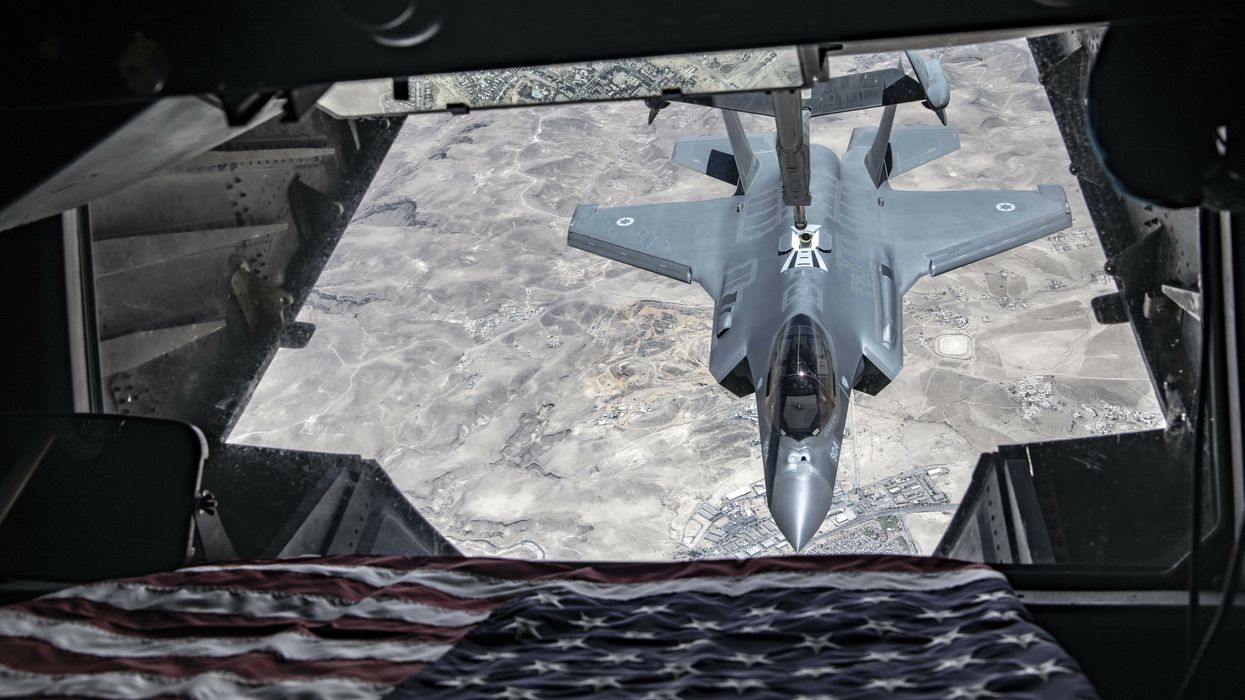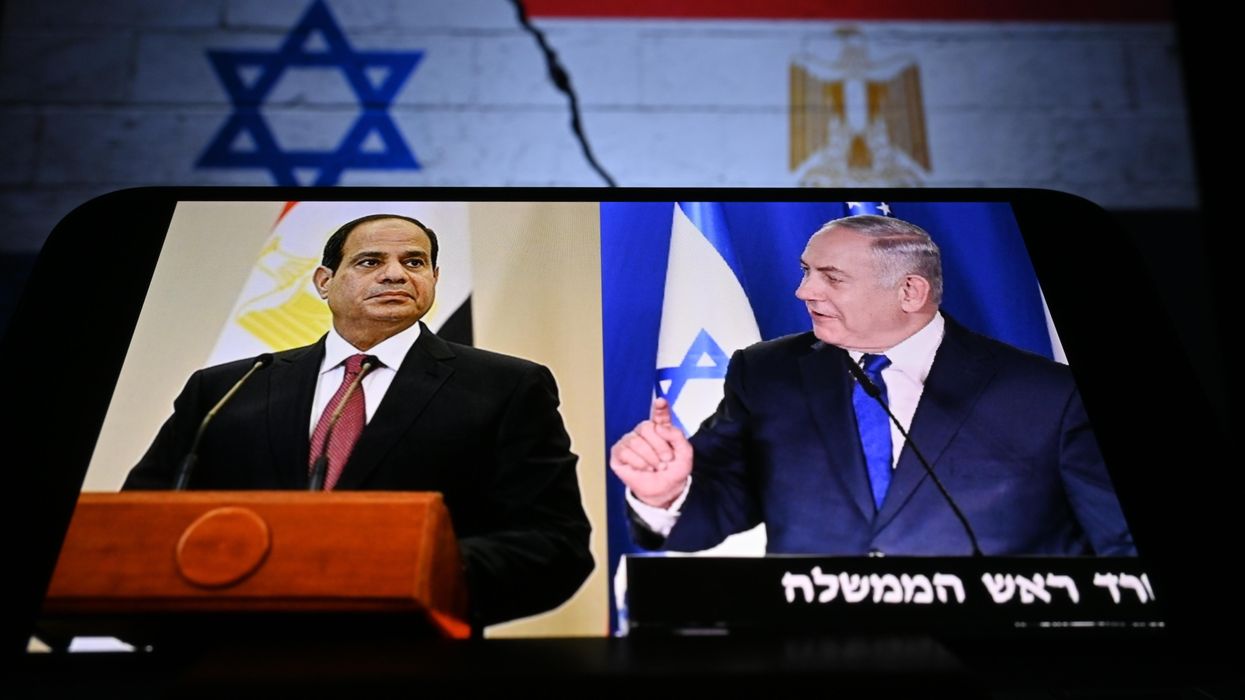U.S. strategy in East Asia needs to adopt a set of policies designed to stabilize the region and ensure continued prosperity by stressing inclusive diplomacy, military balance, and other efforts to avoid a growing cold war with Beijing. This strategy will have to involve new initiatives toward the Korean Peninsula: avoiding unnecessary wars, building a stronger relationship with South Korea, and more dynamic discussions about the peninsula’s future.
I helped explore these themes during an event this week sponsored by the Quincy Institute and was joined by a handful of experts and distinguished guests: Rep. Ted Lieu (D-Calif.); Dr. Chung-in Moon, Chairman of the South Korean think tank Sejong Institute and former special advisor to President Moon Jae-in; John Delury, Professor at Yonsei University in Seoul; and QI’s East Asia Program Director Michael Swaine. We discussed the findings of QI’s recently released East Asia strategy report, which argues for a more inclusive regional order that prioritizes multilateralism, regionalism, and cooperation on transnational threats such as pandemics and the climate crisis.
To get there, Washington and Seoul will need to focus on three priorities.
First, all sides must avoid what Rep. Lieu called a “stupid war,” or Korean War 2.0 with nuclear weapons. Rep. Lieu, a colonel in the U.S. Air Force Reserve Command, dispelled the notion that the United States can denuclearize North Korea through military force.
“The only way to take out [North Korea’s] nuclear weapons would be through a ground invasion,” Lieu said. “You wouldn’t do a ground invasion without first using air assets to neutralize opponents as much as you can, also get air superiority and so on. While the U.S. is trying to do that, what North Korea would do is take their huge amount of artillery and constantly shell Seoul and other places in South Korea 24 hours a day.”
Indeed, a 2017 report from the nonpartisan Congressional Research Service backs up Rep. Lieu’s assessment, finding that a clash between the two Koreas would kill 25 million people on both sides of the border, including at least 100,000 Americans living in South Korea. Even if North Korea only used conventional arms, CRS estimated that up to 300,000 people would perish during the first days of fighting given that North Korean artillery is thought to be capable of firing 10,000 rounds per minute at Seoul.
But it would not be enough simply to avoid war with North Korea. Washington and Seoul must proactively build a stronger, more stable bilateral relationship.
The panelists all shared the urgent need for greater consultations between the two countries on the long-term strategic vision for the U.S. presence in East Asia. The United States must better define its vital national interests in the region and be more willing to listen to regional partners like Seoul, as well as Tokyo and Beijing.
And those vital interests should not require the creation of a new type of cold war with Beijing, which, among other negative consequences, would deeply undermine any efforts to create sustained peace on the Korean Peninsula. Dr. Chung-in Moon noted that the Quincy Institute’s latest report raises “fundamental theoretical questions on the security architecture in East Asia” that need to be addressed.
Indeed, Washington should welcome indigenous ideas and regional solutions that do not require the United States to be the sole lead.
Ideally, Seoul would feel confident in the strength of bilateral ties to chart its own path in ways that protect its own vital interests, even if it means avoiding some regional architectures like the military-oriented Quad alliance of the U.S., Japan, India, and Australia, while building new security architectures, perhaps co-led by the United States.
Finally, the QI event this week revealed the need for more frequent and multi-level conversations about the long-term vision of a stable Korean Peninsula. In general, Washington devotes too much attention to North Korea while not spending enough time understanding South Korea, despite the latter’s considerable economic, political, and cultural influence in the United States as well as globally.
Questions about whether South Koreans would continue to support large numbers of American troops on the peninsula and maintaining the security treaty in its present form after unification are legitimate and must be explored more seriously. The U.S.-South Korea relationship does not have to be structured around a military presence or be military-led in the long run if conditions on the peninsula no longer necessitate it.
After a tumultuous four years under the Trump administration, the Biden administration is saddled at the outset with mending U.S.-South Korea ties. It will have to earn the trust of allies and partners, not simply by pledging to consult them, but actually treating them with trust and respect, even when opinions diverge.
Watch full video here:
















